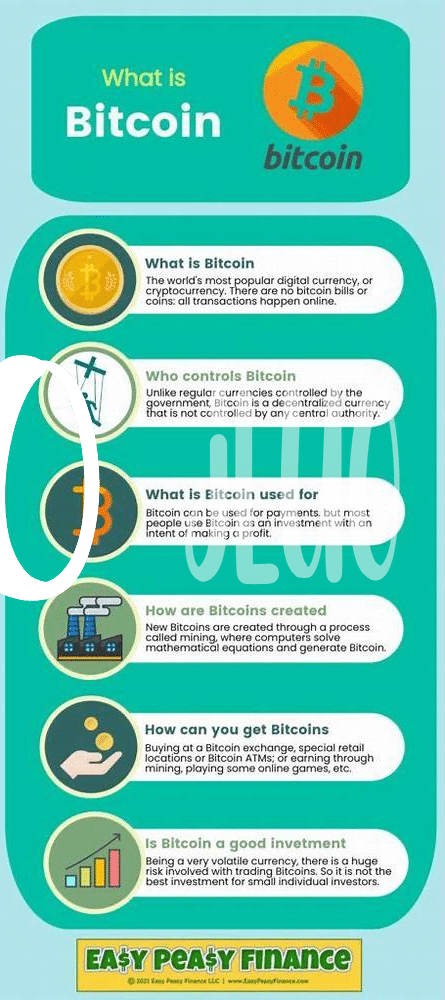Starting Simple: What Is Blockchain? 🤔

Imagine a giant, shared digital ledger that’s accessible to everyone but can’t be controlled or tampered with by any single person. That, in a nutshell, is what blockchain is. It’s like a magical book where every page is linked to the one before it using a special code, making it super hard for anyone to cheat and change what’s written on the pages. This ledger doesn’t just live in one place; it’s spread out across many, many computers around the world, making sure that the information it holds is safe, secure, and transparent for everyone involved.
Now, think of blockchain as the foundation for a new type of internet. Initially, it was created to support Bitcoin, a digital currency that doesn’t need a bank to verify transactions. It’s a way for information to be recorded and shared so that it is not only incredibly difficult to hack, but it also eliminates the need for a middleman in many processes. The beauty of blockchain lies in its simplicity and its security. Imagine sending a letter that gets sealed in an unbreakable box the moment you send it and only the receiver can open it. That’s the sort of security we’re talking about!
| Term | Simple Explanation |
|---|---|
| Blockchain | A digital ledger that records all transactions across a network |
| Bitcoin | A type of digital currency that operates without the need for a central authority |
| Decrypt | To convert encrypted information into its original form |
| Ledger | A book or collection of financial accounts |
Breaking down How Blockchain Works 🧩
Imagine blockchain as a digital ledger, but instead of being kept in one place like a bank, it’s spread across numerous computers around the world. Each page in this ledger is called a “block,” and they’re linked together in a chain. When someone makes a transaction, like sending digital currency to a friend, this transaction is verified by computers connected to the network. These computers solve complex puzzles to confirm the transaction is legit, and once it’s confirmed, it’s added to a block on the ledger. This block is then linked to the previous one, creating a chain of transactions that is nearly impossible to tamper with. This process ensures that every transaction is recorded transparently and securely, making it a groundbreaking technology not just for digital currencies but for various other applications too. By exploring the potential of blockchain, we step into a future of decentralized and transparent digital transactions. For a deeper understanding of how blockchain technology is being utilized, https://wikicrypto.news/decentralized-giving-the-rise-of-bitcoin-in-philanthropy offers insights into its impact beyond financial transactions.
The Birth of Bitcoin: Blockchain’s First Baby 🍼

In the digital world, a groundbreaking event happened in 2008. Someone using the name Satoshi Nakamoto introduced us to Bitcoin, a new way of using money without the need for a bank. This was the first time blockchain technology came into play, making Bitcoin like the first child in a big family. Imagine blockchain as a giant ledger or list, where all transactions are recorded. But instead of being kept in one place, like a bank, it’s spread out across many computers. This makes it very secure because to mess with the records, someone would have to change the information on every computer at the same time, which is practically impossible.
Bitcoin was just the beginning. 🚀 From this groundbreaking idea, a whole new world opened up. People saw the potential of blockchain to change not just money, but how we do many things in our daily lives. With Bitcoin, for the first time, anyone could send or receive money anywhere in the world, at any time, without needing permission from a bank or government. This idea that you could have a kind of money that is totally digital and operates independently was revolutionary. It sparked a light bulb moment for innovators and dreamers across the globe. 🌍💡
Beyond Bitcoin: the World of Cryptocurrencies 🌍

Once Bitcoin demonstrated the power of blockchain, a whole new universe emerged, full of possibilities. Imagine a garden where not only one type of flower grows but many, each with its unique color, scent, and purpose. That’s what the world of cryptocurrencies looks like today. From Ethereum, which introduced smart contracts that automatically execute when conditions are met, to Litecoin, a lighter, faster version of Bitcoin, the diversity is astounding. Each cryptocurrency solves a different problem or enhances certain aspects of digital money. It’s like moving from black and white TV to dazzling 4K resolution, where the clarity of how digital finance can evolve becomes evident.
As we dive deeper into the fascinating ocean of digital currencies, it’s crucial to navigate these waters with knowledge and caution. For those intrigued by the speed and efficiency of transactions, exploring the potential of the bitcoin lightning network explained could open up new avenues of understanding and opportunities. 🚀 But remember, with great potential comes the need for careful consideration, as the landscape is vast and ever-changing. The journey beyond Bitcoin is not just about investing or trading; it’s about understanding and embracing a future where finance is democratized, accessible, and as diverse as the world we live in. 💼🌐
Blockchain’s Impact Beyond Money 💥
Imagine a technology that goes beyond just sending or receiving digital money – a tool that could change the way we vote, manage our health records, and even prove who we are. This is where blockchain steps into the light, not just as the backbone of cryptocurrencies but as a revolutionary force in diverse fields. Picture a world where voting in elections is as easy and secure as sending a text message, where your medical records are safely encrypted and can only be accessed by those you give permission to, and proving your identity is straightforward and tamper-proof. The power of blockchain lies in its ability to ensure transparency, security, and efficiency, completely transforming industries far beyond financial transactions. Industries like healthcare, government, and the arts are starting to explore how this technology can solve age-old problems of trust, efficiency, and security. Here’s a glimpse into this future:
| Area | Impact |
|---|---|
| Healthcare | Secure, accessible patient records |
| Voting systems | Transparent, tamper-proof elections |
| Identity verification | Simplified, secure proof of identity |
| Supply Chains | Traceable, authentic product journeys |
The Future: What’s Next for Blockchain? 🚀

As we look to the horizon, the journey of blockchain technology is akin to a rapidly accelerating rocket, promising to deliver innovations that we’re just beginning to imagine. This groundbreaking tech, which started with Bitcoin, is now set to revolutionize not just how we handle money, but how we trust and verify information in numerous fields. Imagine a world where voting systems are transparent and tamper-proof, where supply chains are meticulously tracked in real-time, and where personal identity is securely and efficiently managed. Blockchain’s potential to secure data, streamline processes, and cut out middlemen is laying the groundwork for transformations beyond the financial sector, including healthcare, real estate, and even in how we connect on social media. The journey of blockchain is all about breaking barriers and creating a more decentralized, trustworthy, and efficient world. For those looking to delve deeper into how this technology is making waves in the philanthropic world and reshaping financial interactions, exploring how bitcoin supports philanthropic initiatives globally can provide valuable insights. As we sail into the future, the possibilities with blockchain are as vast as the universe itself, promising a new era of innovation and connectivity. 🚀🌍💡
